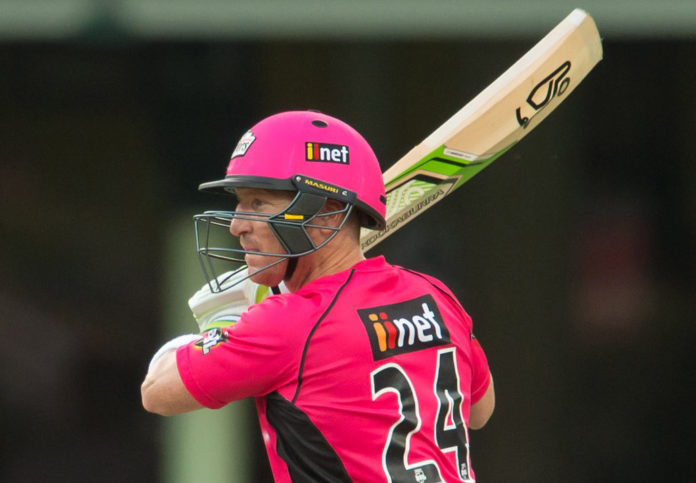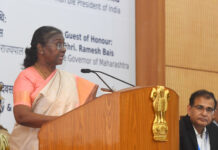
Indian cricket team has never been part of such a gesture even though breast cancer is the leading cancer among Indian women
Pink is usually the colour of gaiety but when the New Wanderers Stadium in Johannesburg turned pink on Saturday it was for a cause. Hosts South Africa wore pink at the fourth one-day international – the sixth time since 2011 that the Proteas are playing a pink ODI. This year’s Pink ODI involves a massive drive to collect money for the Breast Cancer Clinic at the Charlotte Maxeke Johannesburg Academic Hospital and help in the treatment of cancer patients. According to local media reports, the aim is to collect than more than Rand 1 million and for that, not only the players but fans have also been encouraged to wear pink attire to the ground.
India had first mooted a screening programme in 2010 which never quite took off and it is only now that the Union Budget has made a Rs 1200 crore provision for preventive healthcare. The plan includes screening for breast, cervical and oral cancers. Breast cancer projection for India during time periods 2020 suggests the number to go as high as 1797900.
The Indian team has never done such a gesture even though breast cancer is the leading cancer among Indian women. According to a 2017 article in the Asia Pacific Journal of Clinical Oncology, in Indian women the “age adjusted rate (is) as high as 25.8 per 100,000 women and mortality 12.7 per 100,000 women…The age adjusted incidence rate of carcinoma of the breast was found as high as 41 per 100,000 women for Delhi, followed by Chennai (37.9), Bangalore (34.4) and Thiruvananthapuram District (33.7). A statistically significant increase in age adjusted rate over time (1982–2014) in all the PBCRs namely Bangalore (annual percentage change: 2.84%), Barshi (1.87%), Bhopal (2.00%), Chennai (2.44%), Delhi (1.44%) and Mumbai (1.42%) was observed. Mortality-to-incidence ratio was found to be as high as 66 in rural registries whereas as low as 8 in urban registries.”
What is unfortunate is that this heavy burden does not reflect the fact that cancer of the breast is one of the very few where screening and early detection can have dramatic implications for the disease outcome. India had first mooted a screening programme in 2010 which never quite took off and it is only now that the Union Budget has made a Rs 1200 crore provision for preventive healthcare. The plan includes screening for breast, cervical and oral cancers. Breast cancer projection for India during time periods 2020 suggests the number to go as high as 1797900.
South Africa, interestingly, has never lost a match in pink.








